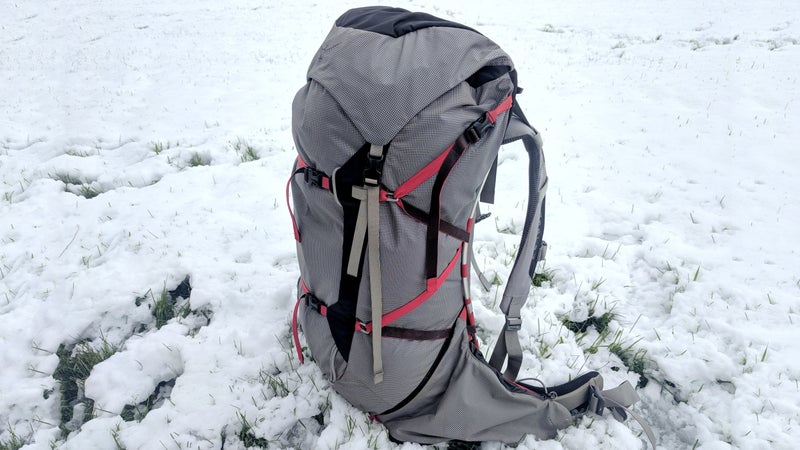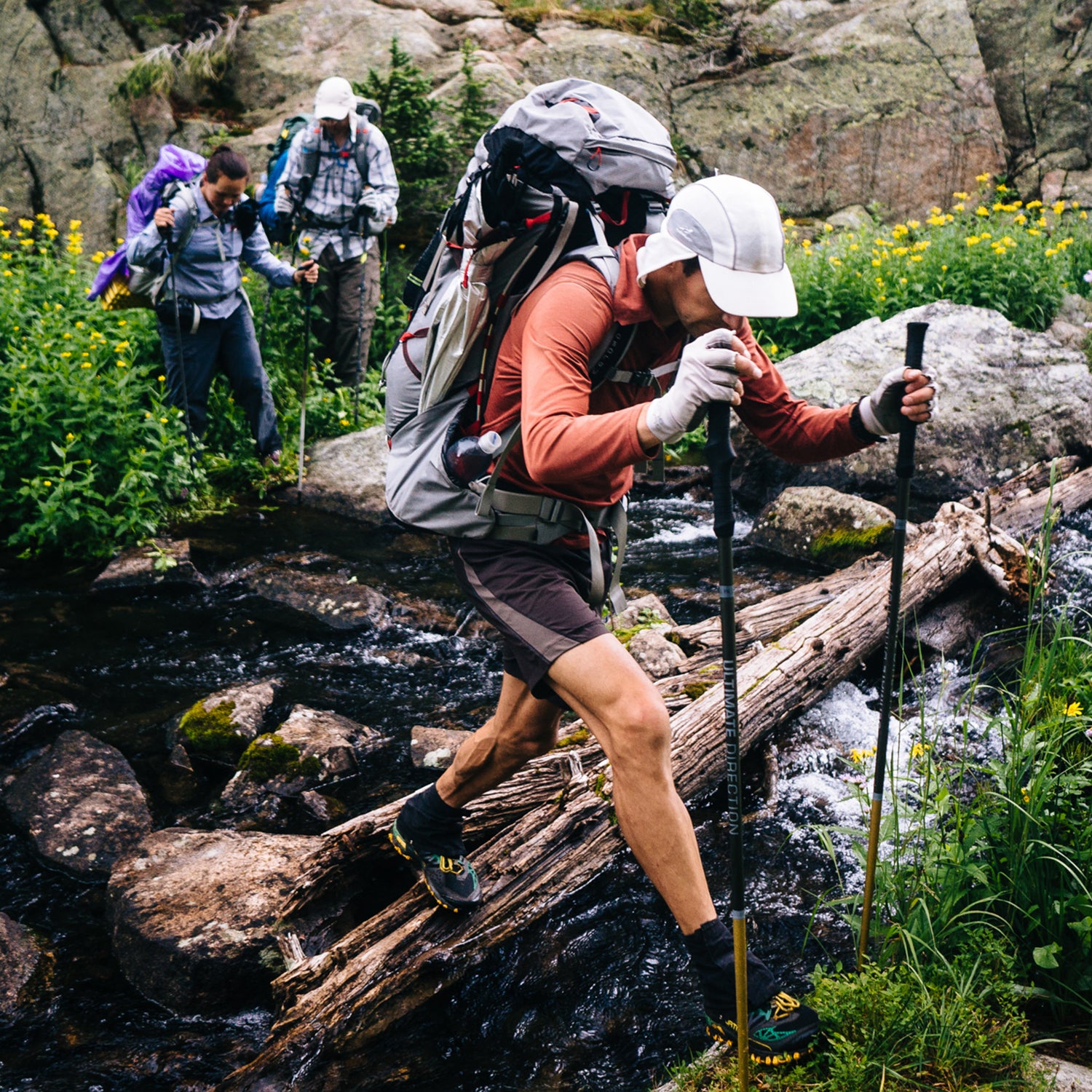Recently, I╠řlooked through the photos of my Great Western Loop trip in 2007. My, myÔÇöI had such a small and light pack. But the trend has been moving in the wrong direction ever since, and for about a year IÔÇÖve been using the ,╠řa pack that has more volume and weighs more than anything IÔÇÖve worn since 2002.
IÔÇÖve used the Aether Pro╠řfor about 50 days, including on most of my guided trips for the past year, to an elk hunt╠řin the Colorado Rockies in November, and on weighted training hikes in BoulderÔÇÖs foothills.╠ř
For women, Osprey offers the , which╠řhas identical features and materials╠řbut a wo│ż▒▓ďÔÇÖs-specific fit. Nearly all of my comments about the Aether are applicable to the Ariel as well.
Long-Term Review: Osprey Aether Pro 70 and Ariel Pro 65
The Aether/Ariel Pro will appeal most to backpackers who╠řcarry large or heavy loads that exceed the volume or load-carrying capacity of lightweight packs. These hikers want to be able to do this╠řwith a pack that weighs three to four pounds, rather than the normal five to seven. When IÔÇÖm leading clients, hauling out elk quarters, or carrying most of the food and gear on a group trip, the Aether Pro has become my go-to backpack. I think Osprey also imagined it being used for mountaineering expeditions and adventurous long-distance hikes (think:╠řthru-hiking AlaskaÔÇÖs Brooks Range), and IÔÇÖd agree with that thinking. ╠ř
My sole criticism of the Aether/Ariel Pro is its external storage. Instead of having the removable compartments located in the wedge╠řbetween the hipbelt and main compartment,╠řIÔÇÖd rather have conventional side and hipbelt pockets, plus a shoulder-strap pocket. But IÔÇÖve overlooked this shortcoming because of its performance otherwise.
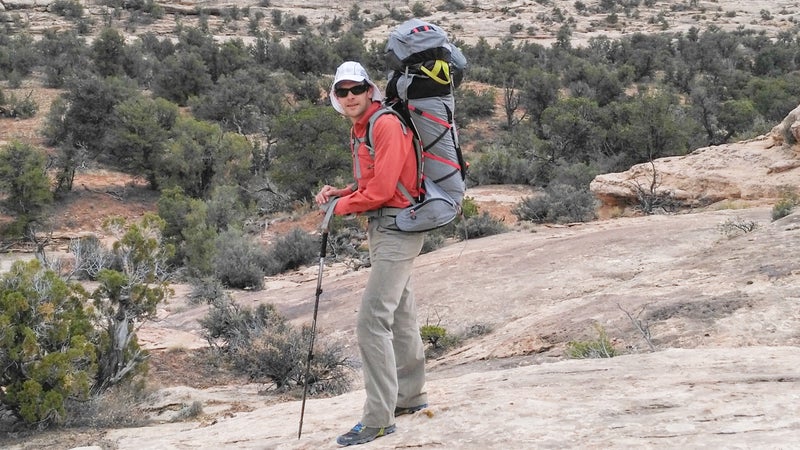
Key Specs
- Volume: 70 liters╠řin size medium for the Aether, 65 liters for the Ariel
- Strong and durable fabrics throughout
- Stiff aluminum peripheral frame and a single aluminum center stay
- Mesh-covered aerated foam back panel
- Heat-moldable foam hipbelt
- Two front compression or attachment straps
- Attachment points for trekking poles, two ice tools, a hydration reservoir, and a sleeping pad
- $375 MSRP
- More information (, )
The spec weight of the Aether Pro╠řis╠ř3╠řpounds╠ř15 ounces.╠řMine weighs 4 pounds 1.9 ounces. Its weight can be further reduced by removing features, such as:
- The floating top lid (5.1 ounces)
- Two side compression straps (0.5 ounces each, or 1.0 ounce╠řtotal)
- A zippered side pocket (2.7 ounces)
- A cinchable side pocket (2.6 ounces)
The total weight of these removable items is 11.4 ounces, which would reduce the spec pack weight to╠ř3 pounds 3.6 ounces,╠řbut at the cost of some functionality.
Comparisons
To help you decide if the Aether/Ariel Pro is right for you, comparing it to other packs is probably useful.
The Aether Pro Versus╠řthe Aether AG
The Aether/Ariel Pro was new for spring 2018╠řand╠řis essentially a stripped-down version of the (Anti-Gravity).
Compared to the AG, the Pro:
- Uses more premium fabrics
- Has a simpler harness system thatÔÇÖs lighter and probably carries better╠řbut is less ventilated
- Weighs 1.3 pounds less, with an opportunity to shed extra weight by removing features
- Costs $65 more╠ř($375 versus╠ř$310 for the 70-liter version╠řof the AG)
Overall, I think the Pro is the better value. The only feature of the AGÔÇÖs that I wish it had are╠řthe external pockets.
The Aether Pro Versus╠řÔÇťSweet SpotÔÇŁ Packs
My pack recommendation for most backpackers is a 2.5-pound framed pack that is nicely featured, made of durable materials, and costs $200 to $300, like╠řthe , , and . Such models are ideal for standard thru-hikes and high routes╠řand for backcountry trips of up to ten╠řdays.
If your plans are more exceptional and require a pack with more volume or greater load-carrying capabilities, plus some additional durability, the Aether/Ariel is worth a look.
The Aether Pro Versus╠řDeuter, Gregory, and Mystery Ranch
Other packs match (and may exceed) the volume and load-carrying capacity of the Aether Pro, including the╠ř, , and . But none of them rival its sub-four-pound weight. In size medium, the Denali weighs six╠řpounds three╠řounces; the Aircontact, five╠řpounds six╠řounces; the Glacier, five╠řpounds ten╠řounces.
The Aether Pro Versus╠řSeek ║┌┴¤│ď╣¤═°ÔÇÖs Divide and Unaweep
The most direct comparisons to the Osprey Aether/Ariel Pro may come from the backpack-hunting industry, which is presented with similar volume and load demands. IÔÇÖm specifically thinking of the and from . Both packs weigh in the low to mid three╠řpounds and approach $400.╠ř
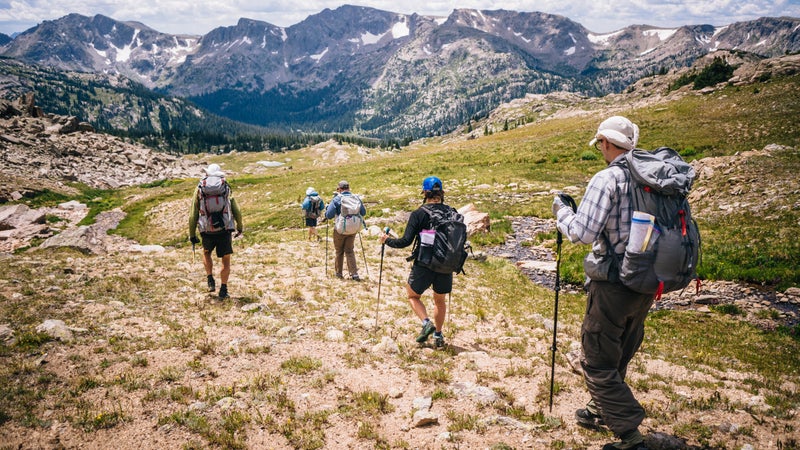
Suspension and╠řHarness
The standout feature of the Aether/Ariel is its suspension. Simply put, this pack is designed to haul weight. ItÔÇÖs light-years better than the Exos╠řand even in a different league than the Flex Capacitor, which is considered to carry weight better than most╠řsub-three-pound packs.
The peripheral frame, made of 7075 tubular aluminum, is extremely stiff, so it efficiently transfers weight. As IÔÇÖve come to expect of Osprey, the harness system is masterfully fitted, and the weight is distributed well across the hipbelt, shoulder straps, and back panel, which have generous yet╠řfirm cushioning.
On overnight trips, I regularly have carried loads in the 40-pound range, and on recent training hikes IÔÇÖve carried exactly 50 pounds. I will never say that carrying 50 pounds is comfortable, but some packs do it more gracefully than others, and the Aether/Ariel is among them.

To achieve this load-carrying performance in a sub-four-pound pack, Osprey gave the Aether Pro a more conventional back panel, abandoning the ventilated trampoline that youÔÇÖll find on the Aether AG and Exos. The mesh-covered aerated foam (branded as AirScape) provides relatively little ventilation in reality, so you should expect perspiration to build up on warm days and during hard efforts.
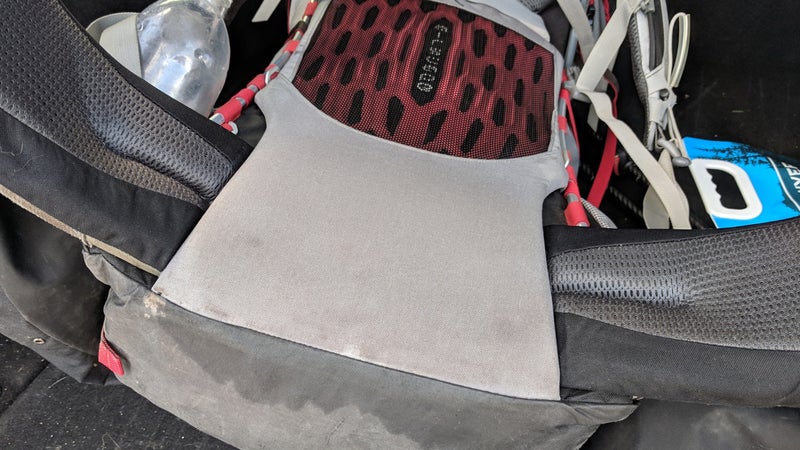
Fabrics
The Aether Pro is is made╠řwith four types of fabric:
- The main body is 210-denier nylon and╠ř200-denier ultra-high-molecular-weight polyethylene (UHMWPE)
- The bottom is╠ř200-denier UHMWPE
- The accent is╠ř315hd╠řoxford
- The trim╠řisnÔÇÖt specified╠řbut appears to be a 200-denier-ish nylon
UHMWPE╠řis the source material for Dyneema and Spectra fibers. Osprey chose nonbranded UHMWPE fabrics presumably as a cost-savings measure. Sierra Designs made the same decision with the Flex Capacitor.
While writing this review, I inspected my pack for wear╠řand found no abrasions or tears. The Aether/Ariel seems like itÔÇÖs built for a lifetime of use. If this proves not to be the case, itÔÇÖs covered under OspreyÔÇÖs .
![The four fabrics: 210├Ś200 [[is this dimension referring to inches?]] gridstop body, 200-denier Chineema bottom, 315-denier oxford accent, and an unspecified 200-denier-ish trim.](https://cdn.outsideonline.com/wp-content/uploads/2019/05/31/osprey-aether-fabrics_h.jpg?width=800)
Storage
The main compartment is tall and narrow, even before the extension collar is utilized. I believe this shape leads to better load stability, but itÔÇÖs disappointing that a full-size╠řbear canister╠řcannot be stored horizontally in the Aether. Shelters and hammocks without intentionally short pole sets will have to be placed vertically, too.
External Storage
The floating top lid is nicely sized╠řand is convenient for items that you occasionally need during the day, such as toiletries, snacks, extra water, and even a wind shirt or minimalist rainjacket. If you donÔÇÖt need its volume or wish to pare five ounces from the pack, the lid can be easily removed.
As╠řI mentioned above, the hipbelt and side pockets are underwhelming, and I consider them to be the AetherÔÇÖs most notable imperfection. I believe itÔÇÖs essential to have quick access to oft-needed items like water, a camera or phone, maps,╠řlip balm, sunscreen, insect repellent, a head net, water purification, and other items. The design of hipbelt pockets and side pockets is vitally importantÔÇöthey must be accessible, secure, and generous.
To their credit, the hipbelt and side pockets are easily accessible, and one can be zippered shut. But their total volume is marginally acceptable, and the cinchable pocket is only deep enough for a one-liter Nalgene. Using a one-liter Smartwater bottle (which weighs 2.4 ounces╠řless) is impracticalÔÇöit immediately slips out if you lean forward to pick up a trekking pole or step under a downed tree.
I appreciate that Osprey tried something different here, but personally, I would have preferred the Aether AG design, which includes two permanent side pockets and two permanent hipbelt pockets.
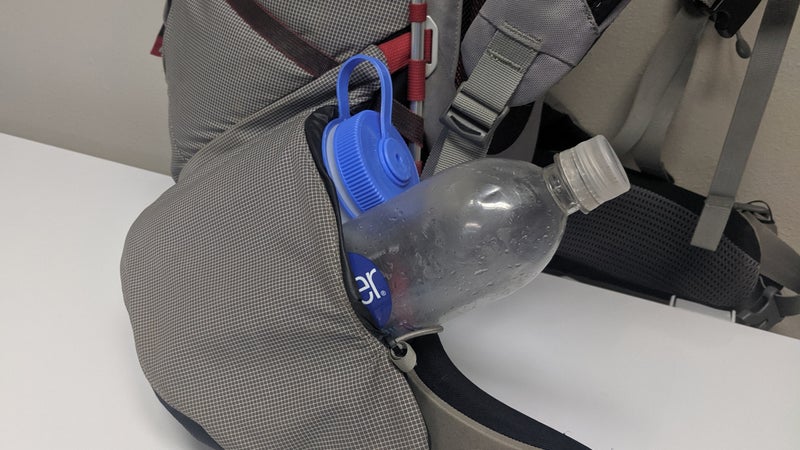
Compression and Utility
The Aether/Ariel Pro has two sets of compression straps:
- Two horizontal straps across the front
- One Z-style removable strap on each side
In addition to stabilizing the load, these straps are useful for securing trekking poles, an umbrella, ice tools, and long tent poles. Skis could be attached, too, but IÔÇÖd want to protect the pack fabric from the metal edges first.
The side compression straps photograph well, but the webbing does not slide easily through the rectangular sliders. O-rings would have been a better choice.
